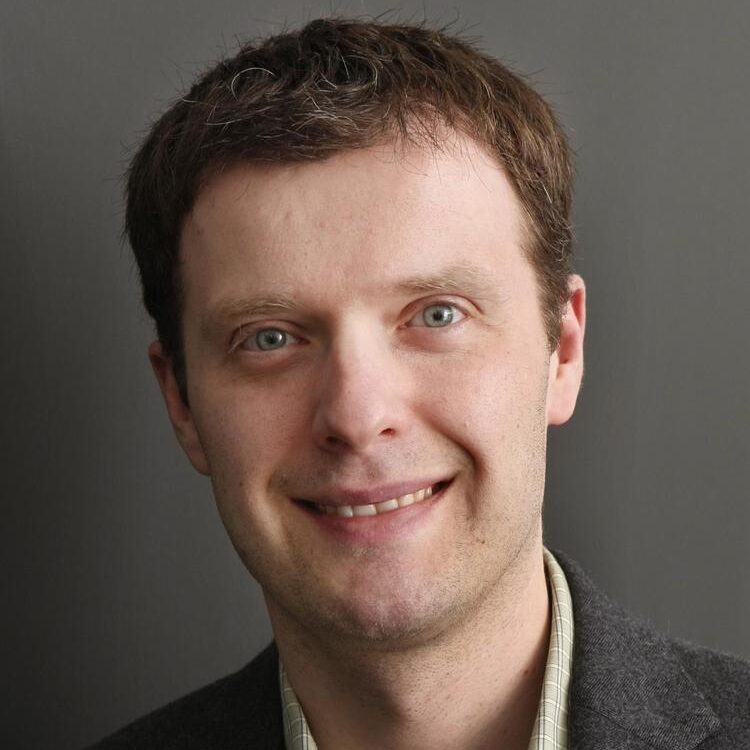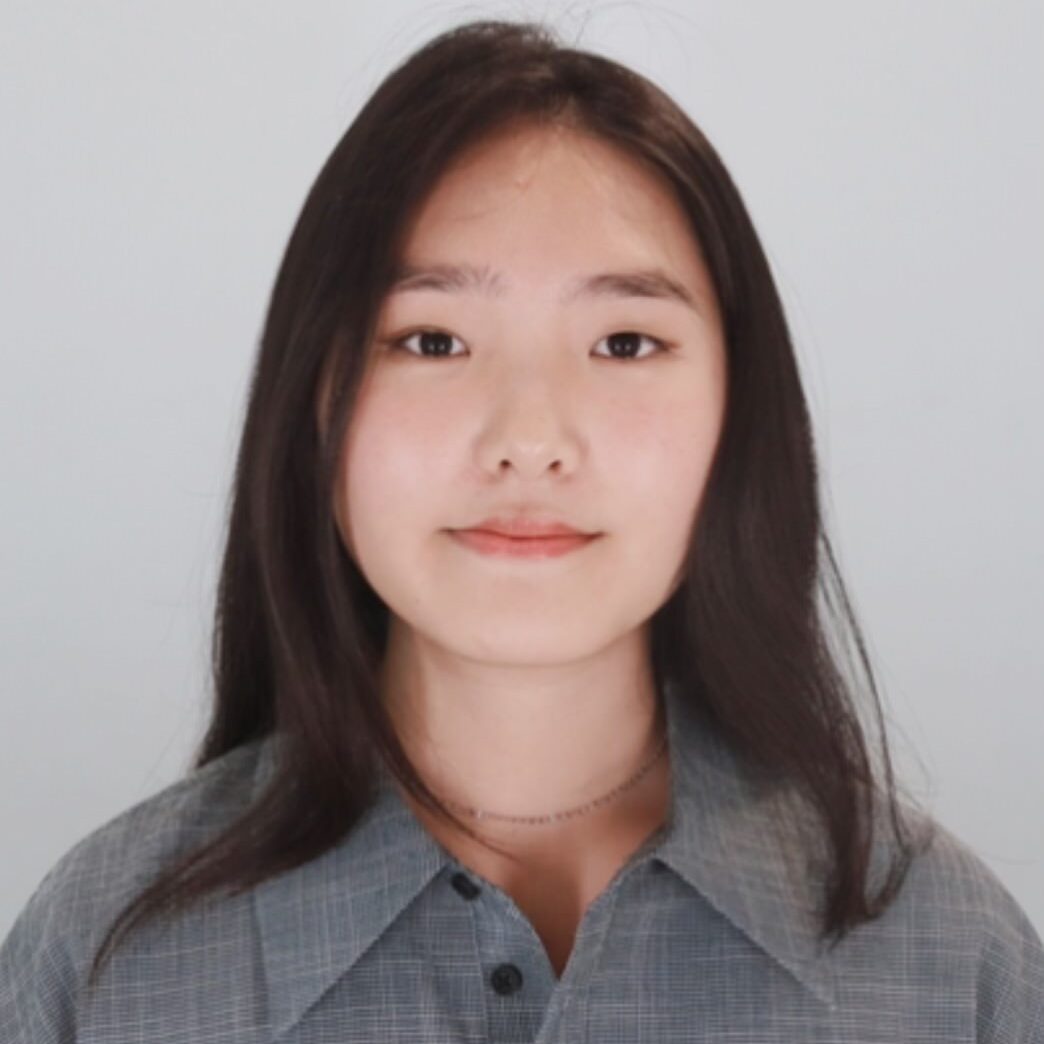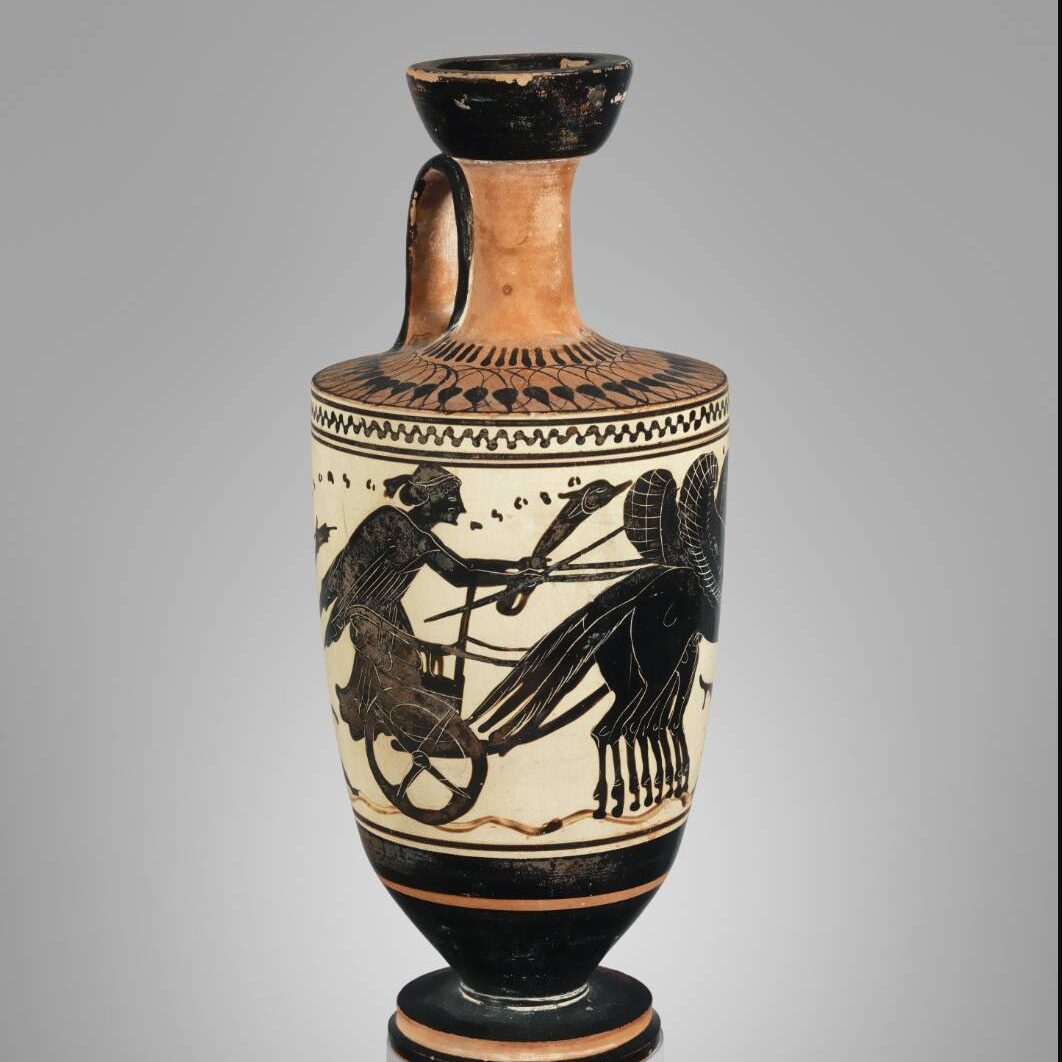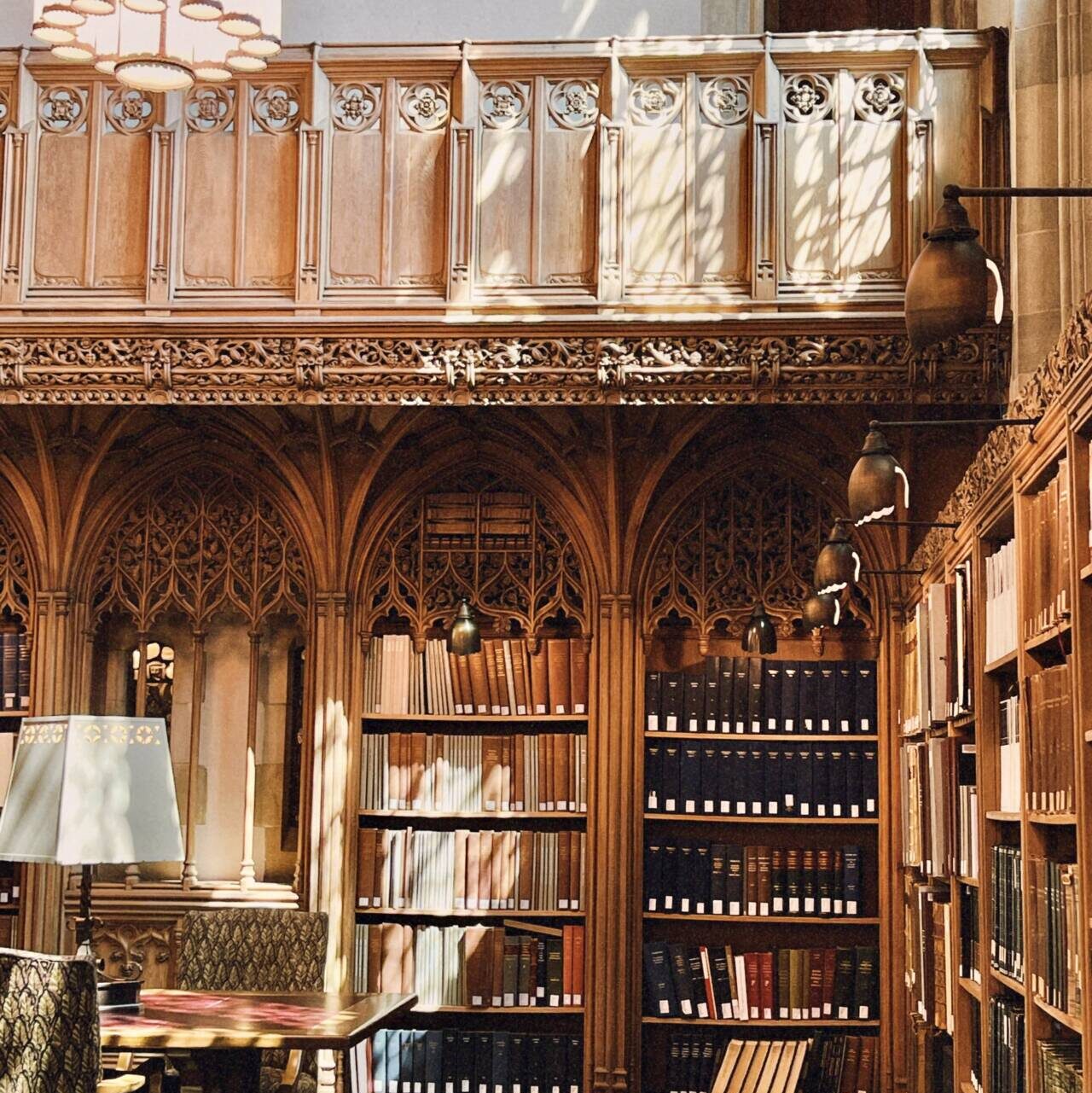
A lot of my previous posts are mostly concentrated on research and science, and that’s because those are the things I love. However, taking a psychology class this semester that had a more social sciences approach made me think about my story in STEM. In particular, a part of the lecture that stuck with me was the “stereotype threat”. The stereotype threat is the fear of proving a stereotype right. I’m not good at math, and I’ve always thought that would just be the way life goes, but last year, I took MAT103, and I did quite well (it’s one of the easier math classes of course, but the bar is low for me). In fact, it was my easiest class. This really changed my perspective on my math skills. When I reflected on my experience with math, I realized that this mindset I have about it was cultivated by my gender.
Continue reading The Importance of Humanities and Social Science Classes: In which a STEM major reflects









